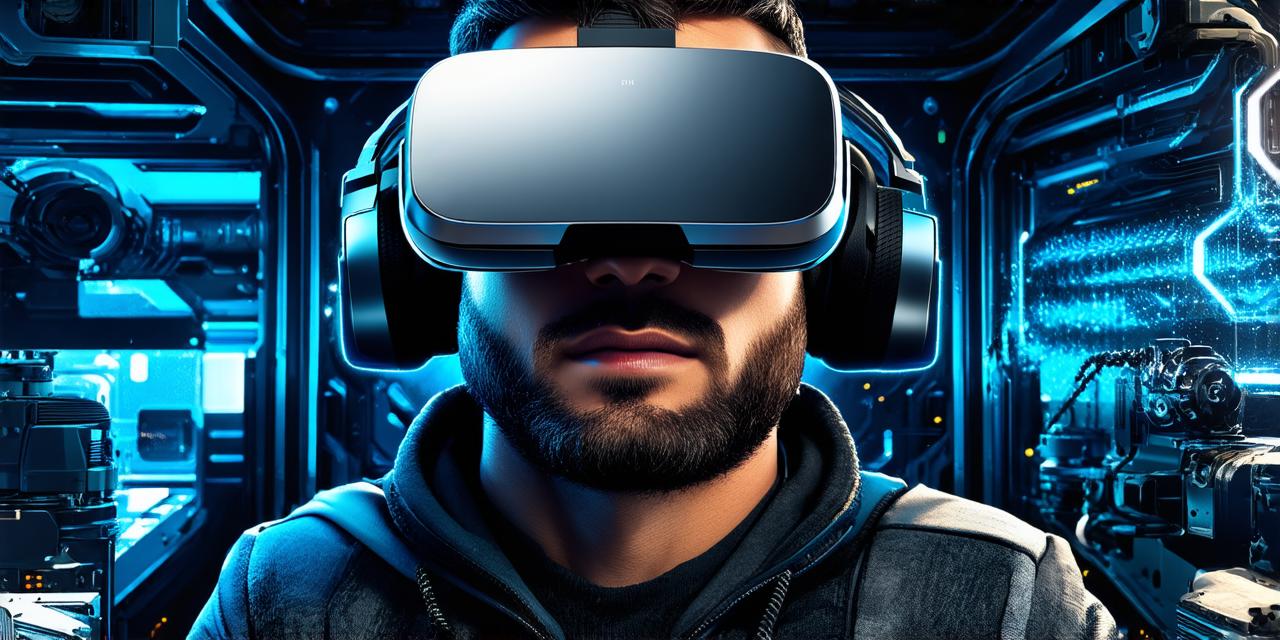
What is the purpose of virtual reality headsets?
Virtual reality headsets are becoming increasingly popular in the gaming and entertainment industries, but they have a variety of other potential applications as well. In this article, we’ll explore the purpose of virtual reality headsets and how they can be used to enhance experiences in various fields.
The primary purpose of a virtual reality headset is to provide an immersive and interactive experience. By wearing the headset, users can enter a simulated environment that is designed to mimic the real world as closely as possible. This allows them to interact with the virtual world in ways that would not be possible in the physical world.

One of the most common uses for virtual reality headsets is in gaming. These headsets allow gamers to experience their favorite games in a whole new way, by providing a level of immersion that was previously impossible. For example, a user could play a first-person shooter game and feel like they are actually in the game world, rather than just watching from a screen.
Virtual reality headsets can also be used in the entertainment industry to create interactive experiences for movies, shows, and concerts. For example, a user could attend a virtual concert and feel like they are actually at the event, even though they are sitting in their living room.
In addition to gaming and entertainment, virtual reality headsets have a variety of other potential applications. They can be used in training and simulation scenarios to provide a realistic and safe environment for practicing skills, such as driving or flying. They can also be used in education to create interactive and engaging lessons that help students learn in a more immersive way.
One of the key benefits of virtual reality headsets is their ability to enhance cognitive function. Studies have shown that using virtual reality can improve memory, attention span, and problem-solving skills. This makes them an attractive option for use in therapy and rehabilitation, as they can provide a safe and controlled environment for patients to practice and improve their abilities.
Another potential application of virtual reality headsets is in the field of design and architecture. These headsets allow users to visualize and interact with designs and models in a way that was previously impossible. This can help architects and designers create more realistic and functional buildings, as well as provide clients with a better understanding of the final product.
In conclusion, virtual reality headsets have a variety of potential applications beyond gaming and entertainment. They can be used to enhance cognitive function, provide safe and controlled environments for training and simulation, and help architects and designers create more realistic and functional designs. As technology continues to advance, it’s likely that we will see even more innovative uses for virtual reality headsets in the future.


